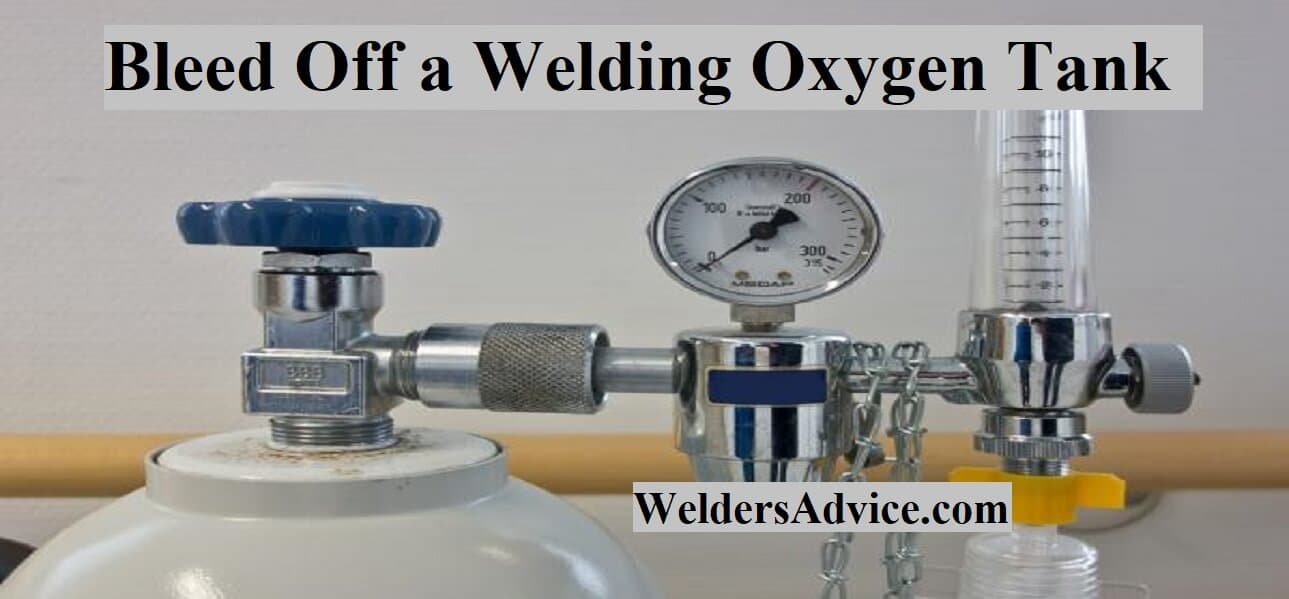To blacken metal after welding, clean and degrease the surface before applying a blackening agent or solution. Then, rinse with water and apply a rust inhibitor to prevent corrosion.
Blackening metal after welding is a necessary process to enhance its aesthetic appeal and prevent rust and corrosion. Before blackening, it is essential to ensure that the surface is clean and free of any grease or oil. Once the surface is ready, a blackening agent or solution is applied, which reacts with the metal to create a black oxide layer.
This layer not only gives the metal a beautiful finish but also acts as a protective barrier against corrosion and rust. After the blackening process, it is crucial to rinse the metal surface with water and apply a rust inhibitor to prolong its durability. Proper blackening ensures that the metal surface will look great and last for years to come.
- Understanding Blackening Metal After Welding
- Method 1: Chemical Blackening
- Method 2: Heat Treatment
- Factors To Consider Before Blackening Metal After Welding
- Best Practices For Blackening Metal After Welding
- Why Is Metal Blackening Important After Welding?
- How Do You Blacken Metal After Welding?
- Can You Use Household Products To Blacken Metal?
- Is Blackening Metal After Welding A Diy Job?
- Final Thoughts
Understanding Blackening Metal After Welding
Blackening metal after welding is a process that involves treating the metal surface to change its color and provide some added benefits. The definition of blackening metal after welding includes chemically altering the surface layer of the metal to produce a thin, corrosion-resistant coating that protects it from rust and other harmful elements.
The advantages of blackening metal after welding include providing a decorative finish that improves the appearance of the metal, minimizing light reflection, and enhancing its hardness. There are several commonly used methods for blackening metal after welding, such as hot blackening, cold blackening, and room temperature blackening, each with its unique features and limitations.
By understanding the various methods of blackening metal after welding, you can choose the most appropriate one for the metal surface’s intended purpose.
Method 1: Chemical Blackening
Chemical blackening is a popular method for blackening metal after welding. This process uses specific chemicals to form a black oxide coating on the metal surface. The chemicals used for this process mainly consist of copper, selenium, and sodium hydroxide.
Copper and selenium provide a base for the blackening process while sodium hydroxide helps to initiate the reaction. The procedure begins with thoroughly cleaning the metal surface and then immersing it in the chemical solution for a certain amount of time, depending on the desired result.
After the chemical reaction is complete, the metal surface is washed and submerged in a hot water bath to seal the black oxide coating. This method provides a uniform and durable black finish to the metal surface, making it ideal for various applications, including decorative purposes.
Method 2: Heat Treatment
Annealing can soften the metal and improve its ductility while normalizing can refine its grain structure and enhance its toughness. Quenching is typically used for hardening the metal and making it more resistant to wear and tear. However, it’s important to note that heat treatment can also lead to some risks, such as warping and cracking of the metal, if not done carefully.
Therefore, it’s crucial to seek professional guidance to ensure the best results.
Also Read: Best Watch For Welders
Factors To Consider Before Blackening Metal After Welding
Before blackening metal after welding, it is important to consider certain factors. First, the surface must be properly prepared, ensuring that it is clean and free of contaminants. Additionally, the characteristics of the metal being blackened must be assessed. The type of metal, its composition, and its thickness all play a role in determining the blackening method to be used.
Safety precautions should also be taken, including the use of protective equipment and proper ventilation. By taking these factors into consideration, you can ensure that the blackening process is successful and that the metal’s finish is long-lasting.
Best Practices For Blackening Metal After Welding
Achieving high-quality blackened metal after welding requires attention to detail. Firstly, ensure the metal is clean and dry. Next, prepare the solution carefully, measuring all ingredients accurately. To avoid patchy results, immerse the metal in the solution for the recommended time, and monitor the progress closely.
Common mistakes to avoid include applying too little solution, or failing to neutralize the metal before rinsing. Maintaining blackened metal involves regular cleaning, preferably with a soft cloth, to prevent scratches. While blackened metal can be preserved with a clear coat, care should be taken when applying this as it can alter the appearance of the metal.
Pro-tip: experimenting with different solutions and metals can produce unique and interesting results!
Why Is Metal Blackening Important After Welding?
Metal blackening after welding can improve the aesthetic appearance, provide corrosion resistance, and promote better bonding for paints and other coatings.
How Do You Blacken Metal After Welding?
The most common methods for blackening metal after welding include hot black oxide coating, chemical blackening, and applying a metal patina solution or paint.
Can You Use Household Products To Blacken Metal?
Yes, some household products like vinegar and baking soda can be used to blacken metal. However, the results may not be as consistent or long-lasting as professional methods.
Is Blackening Metal After Welding A Diy Job?
While some DIY methods exist, it’s important to follow proper safety precautions and obtain the necessary equipment for professional results. Hiring a professional is recommended for larger or more intricate projects.
Final Thoughts
To sum it up, blackening metal after welding is an essential process that can provide several benefits. It can prevent corrosion, increase the visual appeal of the metal, and enhance its durability. There are different ways to blacken metal after welding, and each method has its unique advantages and disadvantages.
Be sure to carefully select the method that best fits your needs and requirements. Always pay utmost attention to safety measures when handling chemicals. When used responsibly, the blackening process can improve the overall quality of metals. By following the tips and techniques mentioned in this article, you can achieve a professional-looking blackened finish and ensure your metal projects will stand the test of time.
So, don’t hesitate to experiment with the various blackening techniques and achieve the desired results for your metal projects.





